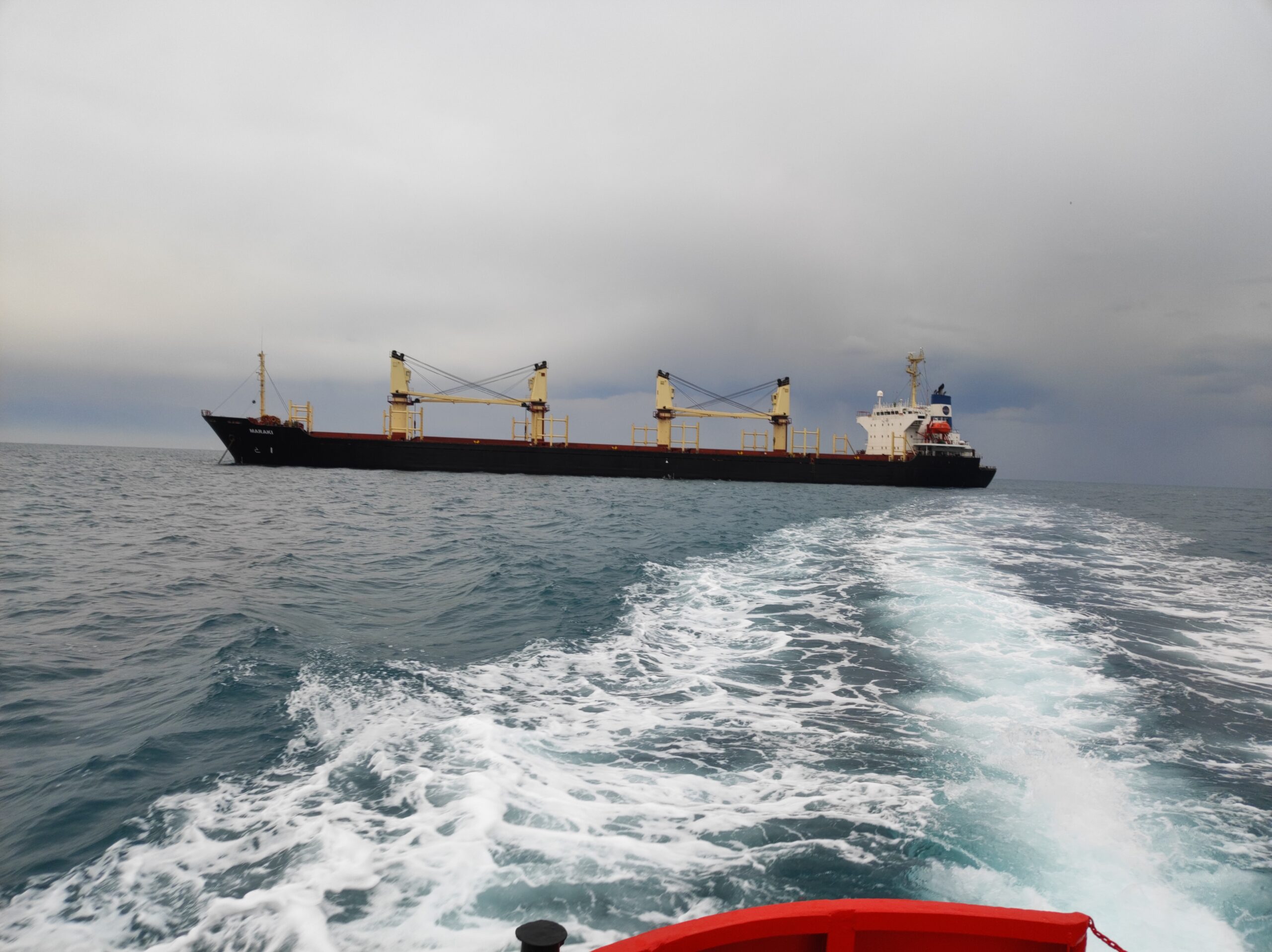Dry Docking: Essential Guide for Ship Maintenance & Compliance
Dry docking is a critical process in maritime operations, ensuring vessels remain seaworthy and compliant with global safety standards. This guide covers types, processes, regulations, and best practices for efficient ship maintenance.
1. What is Dry Docking?
Dry docking involves moving a vessel to a watertight facility (dry dock) to inspect, repair, or maintain submerged parts like hulls and propellers.
Key Objectives
- Safety Compliance: Meet IMO and classification society mandates.
- Structural Integrity: Address hull corrosion, propeller damage, and leaks.
- Operational Efficiency: Optimize fuel efficiency by cleaning biofouling.
2. Types of Dry Docks
Floating Dry Docks
- Features: Mobile, submersible platforms with ballast tanks.
- Pros:
- Rapid deployment for emergencies.
- Minimal coastal infrastructure required.
- Cons: Vulnerable to weather disruptions.
Graving Docks
- Features: Permanent, land-based basins (e.g., Tuzla, Yalova shipyards).
- Pros: Stable for large vessels and major repairs.
- Cons: High construction costs.
Slipways
- Features: Sloped ramps for smaller vessels.
- Pros: Cost-effective for minor repairs.
- Cons: Limited to small/medium ships.
| Type | Best For | Limitations |
|---|---|---|
| Floating Dry Dock | Emergency repairs | Weather-dependent |
| Graving Dock | Major overhauls | High infrastructure |
| Slipway | Small vessels | Size restrictions |
3. The Dry Docking Process: Step-by-Step
Planning & Scheduling
- Assess vessel condition and select dry dock type.
- Coordinate with shipyards (e.g., Mediterranean hubs like Tuzla).
Positioning & Flooding
- Maneuver vessel into the dock; flood basin to float in.
Draining & Securing
- Pump out water; secure ship on keel blocks.
Maintenance & Repairs
- Hull cleaning, welding, propeller servicing.
Refloat & Final Checks
- Flood dock to refloat vessel; conduct sea trials.
4. Dry Docking Regulations & Compliance
IMO & SOLAS Requirements
- 5-Year Rule: Mandatory dry docking twice every five years.
- Intermediate Surveys: Inspections at 2.5-year intervals.
Classification Societies
- Role: Enforce standards (e.g., Lloyd’s Register, DNV).
- Penalties: Vessels risk losing Safety Construction Certificates if non-compliant.
5. Why Dry Docking Matters
- Prevent Disasters: Fix structural issues before they escalate.
- Regulatory Adherence: Avoid fines and operational bans.
- Cost Savings: Proactive maintenance reduces long-term expenses.
FAQ: Dry Docking Essentials
Q: How often must ships dry dock?
A: Every 2.5–5 years under IMO rules, depending on vessel type.
Q: What’s the difference between floating and graving docks?
A: Floating docks are mobile and ideal for emergencies; graving docks are fixed for major repairs.
Q: Who oversees dry docking regulations?
A: IMO sets global standards; classification societies enforce them.
Conclusion
Dry docking is non-negotiable for maritime safety and efficiency. Partner with certified shipyards and stay updated on IMO regulations to minimize downtime and maximize vessel lifespan.
Need Help? Contact our maritime experts for dry docking planning and compliance checks.




